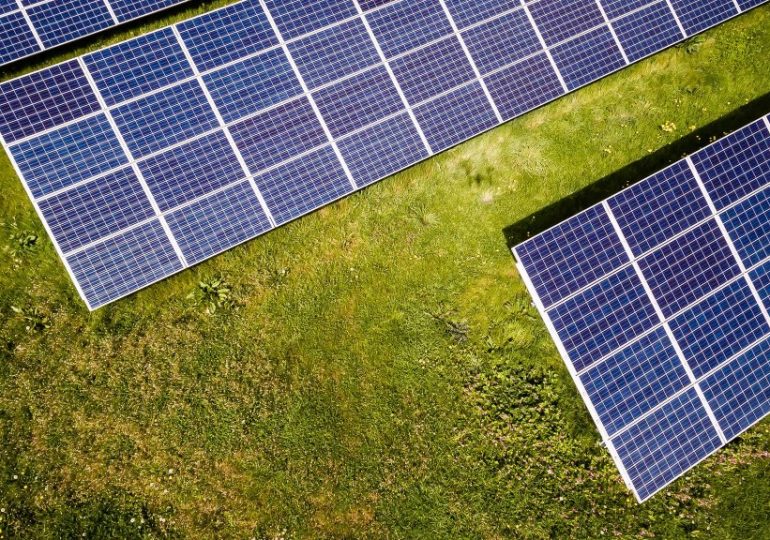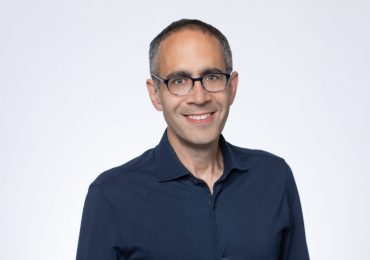Xcel Energy is proposing a new approach to powering the grid in Minnesota.
The utility recently told state regulators it wants to build a network of solar-powered energy storage hubs, located strategically on its grid and linked with technology so they can be operated in concert with each other.
The result would be what’s known as a “virtual power plant.” By simultaneously discharging the batteries, for example, the collection of distributed resources can function similar to a conventional power plant.
It’s a solution some clean energy advocates have long pushed for as an alternative to larger, centrally located projects that are more reliant on long-distance transmission and create fewer local economic benefits. Xcel’s new embrace of the concept likely reflects the evolving economics of clean energy and the urgency to replace generation from retiring coal-fired power plants.
“I welcome our now-agreement about the importance of distributed energy resources in their future procurement plans,” said John Farrell, director of the Energy Democracy Initiative at the Institute for Local Self-Reliance.
Virtual power plants 101
Virtual power plants use sophisticated software and technology to aggregate energy from batteries, smart thermostats, electric vehicles, storage and other connected devices. The clean energy nonprofit RMI predicts virtual power plants nationally could reduce peak loads by 60 gigawatts and cut annual energy expenditures by $17 billion by 2030.
Several utilities, as well as solar and storage companies, have developed virtual power plant programs around the country. Perhaps the best-known is National Grid’s ConnectedSolutions program in New England, which includes residential batteries, electric vehicle batteries, and thermostats.
In May, Colorado Gov. Jared Polis signed legislation requiring Xcel Energy to create a virtual power plant plan in that state by next February.
Xcel is pitching the Minnesota project on its own as part of its latest long-range resource plan. In a recent Public Utilities Commission filing, Xcel proposes combining 440 megawatts of solar power with 400 megawatts of battery storage at dispersed locations. Designed to be flexible, the program might add backup generation and energy efficiency measures in the future.
A virtual power plant, Xcel said, would save ratepayers money, improve reliability, accelerate clean energy development, and reduce energy disparities by playing assets in underserved communities. The “new approach equips us to confidently meet incoming load growth, deliver unique customer and community value, and support economic development,” the company said in its filing.
Kevin Coss, a spokesperson for the company, said the proposal “is part of a larger plan to better serve the grid and our customers while meeting anticipated growth in energy demand. The program would grow our distributed energy resources as a complement to our existing plans for additional utility-scale renewable and firm dispatchable generation to advance the clean energy transition.”
Advocates reaction
Clean energy advocates say the approach could reduce Xcel’s need to build more infrastructure at a time when electricity demand continues to grow and its fleet of aging fossil fuel plants reach closure dates.
A recent study in Illinois suggested that pairing solar with storage could be the most economical and environmentally beneficial way to maintain grid reliability as the state transitions to 100% clean energy.
“Utilities always treated distributed energy resources as something that happened to them and that they had to figure out how to accommodate because they were being told to,” said Will Kenworthy, Vote Solar’s Midwest regulatory director.
The company’s interest in more distributed resources could lead to a more flexible grid, one that helps mitigate substations congestion and allows it to store energy from wind farms for use during high-demand periods, Kenworthy said.
One area of disagreement between the utility and some clean energy advocates is who should own the facilities. Unlike in Colorado, Xcel is proposing to own the Minnesota solar and storage hubs itself, collecting money to build them — plus a rate of return — from ratepayers.
That’s not the best deal for customers, and it prevents local communities and developers from being able to share the financial benefits of distributed energy, said Farrell, of the Energy Democracy Initiative. If Xcel owns the virtual power plant, the cost could be higher than they would be with an open, competitive process.
Farrell pointed to the recent opposition to an Xcel electric vehicle charging plan in which it sought to own all of the chargers. Convenience stores and gas stations argued Xcel had an unfair market advantage as the incumbent utility and would own too much of the state’s charging network. Xcel withdrew the proposal in 2023 after regulators reduced the charging network’s size.
As Xcel’s plan evolves, Farrell wants Xcel to allow businesses, homeowners, and aggregators to also participate by selling their battery capacity or demand response into the program.
The Minnesota Solar Energy Industries Association, which promotes battery storage, also takes a dim view of Xcel owning a virtual power plant.
“This is an area where competition would likely provide better service, lower cost and more choice to ratepayers,” said regulatory and policy affairs director Curtis Zaun. “Monopolies are not particularly good at providing the best service at a reasonable rate because that is inconsistent with their investors’ interests.”
Getting the details right
Virtual power plants are different than demand response, such as thermostat savings programs, in that they add value to the grid “without any change needed to the homeowner’s behavior,” said Amy Heart, senior vice president for policy at Sunrun, a home solar and storage company that participates in virtual power plants in the Northeast and in Texas, California, and Puerto Rico.
Heart said the “devil is in the details” when creating a robust demand response program. A program in Arizona failed, she said, because of the underperformance of the single company it selected to aggregate resources.
Sunrun developed a virtual power plant in four New England states, enrolling more than 5,000 solar and storage customers to share their capacity on the grid. In the summer of 2022, Sunrun’s virtual power plant shared more than 1.8 gigawatt hours of electricity.
Typically, Sunrun customers agree under contract to share a portion of their battery backup 30 to 60 times annually for three hours or less for each event. The process is automated, with Sunrun’s software connecting to customer batteries and sending utilities power during high-demand times or predictable peak loads. Customers receive payment for the electricity provided.
Heart said the best systems are open to individual customers and aggregators using different battery storage brands. Giving a virtual power plant “room to grow, breathe, and adapt will be important,” she added.
The Xcel virtual power plant proposal is part of the multi-year Upper Midwest Integrated Resource Plan, which regulators have been reviewing and will likely approve, with many changes, later this year.
In Minnesota, Xcel Energy looks to mimic power plant with solar and storage networks is an article from Energy News Network, a nonprofit news service covering the clean energy transition. If you would like to support us please make a donation.
Leave a comment






